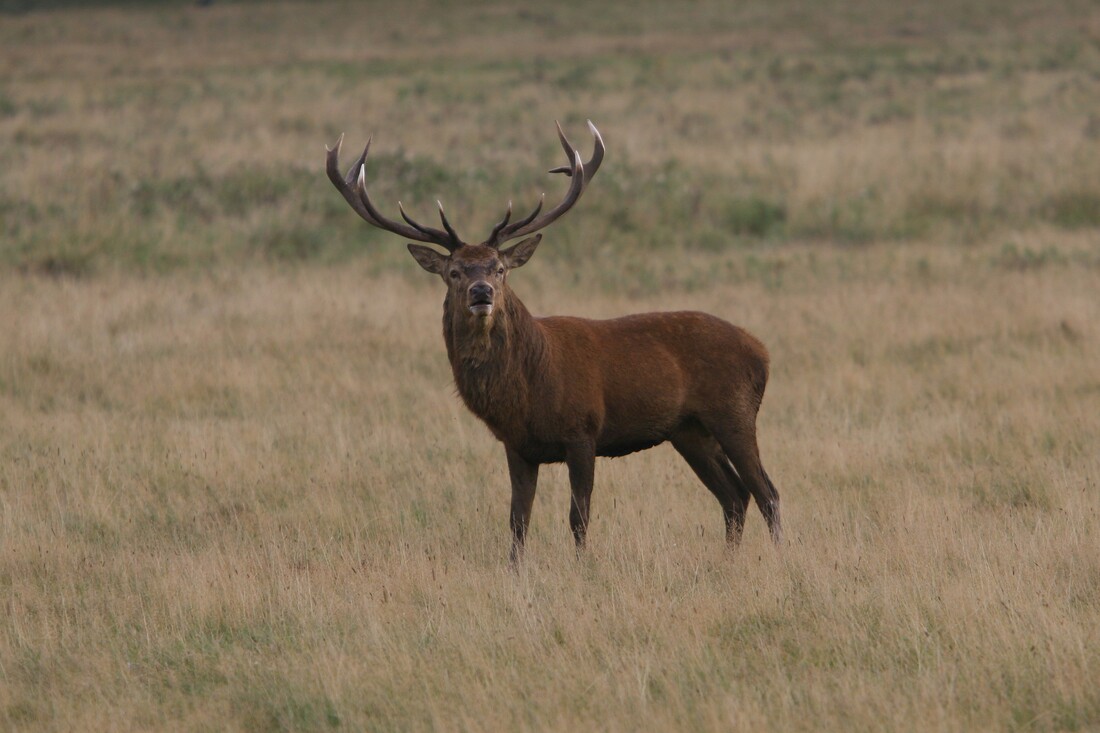The sentiment in the scroll, extolling nature, fits in nicely with the Scottish theme for this year. Under his warm fur coat, Santa is wearing a robe that closely resembles one of the more well-known Scottish kilts. Much like the tradition of the Greek fisherman sweaters, the Scottish kilts are each identified with particular clans, most of them from the Highlands.
Kilts originally appeared in the 16th century and were originally ankle length. However, they were eventually shortened to knee length for practicality and ease of use. But it is the staff in Santa's hand that points especially to Scotland. The animal on the top of the staff is not a reindeer, but the mystical Scottish stag. Sir Walter Scott, himself a Scot, penned these words about the stag in his poem "Hunter's Song:" It was a stag, a stag of ten,
The stag, like the Scottish thistle, appears in family crests and shields as a symbol of strength, loyalty, freedom and to a certain extent, wildness, in the inability to be tamed or broken. As anyone who has ever taken a trip to Scotland knows, it only takes a few moments of wandering through the wild Scottish landscape to deeply understand this sentiment.
This Father Christmas reminds us of the beauty, gifts, strength and wildness of nature herself, and the One who made her. Although we have done our best to domesticate God, this ornament reminds us that it can't be done. As C.S. Lewis once commented about his character, the lion Aslan, "He's not a TAME lion," so too, this Father Christmas tells us that our God is not to be subdued and bridled. He's as wild and fierce as the Scottish stag.
0 Comments
Leave a Reply. |
The BlogDisclaimer:
The images on this website are either my own or are used under the Creative Commons license. No images have been edited, shared, or adapted. A link to each work that I do not own is provided at the bottom of the page. CC License: Archives
March 2024
Categories
All
|





 RSS Feed
RSS Feed
